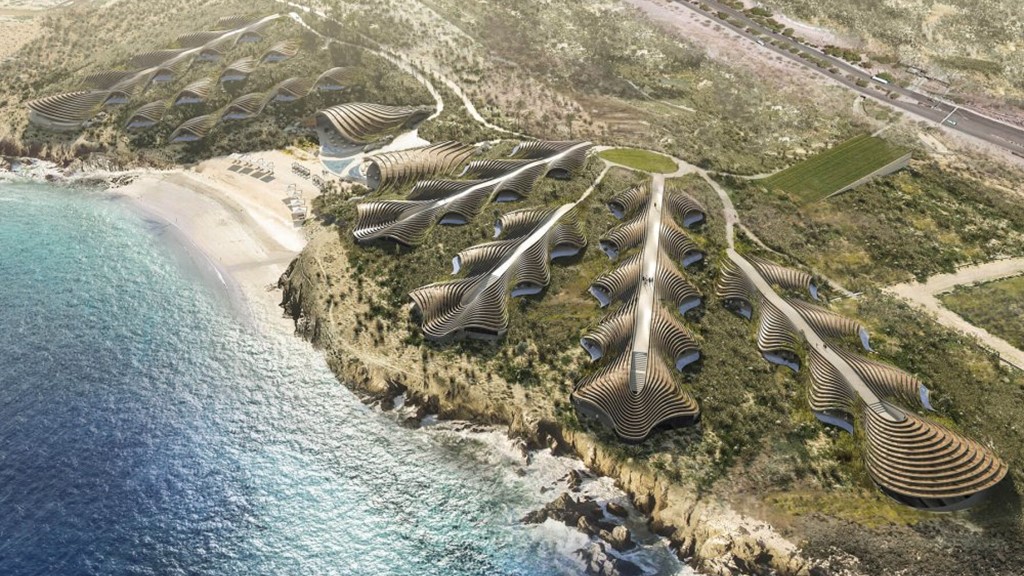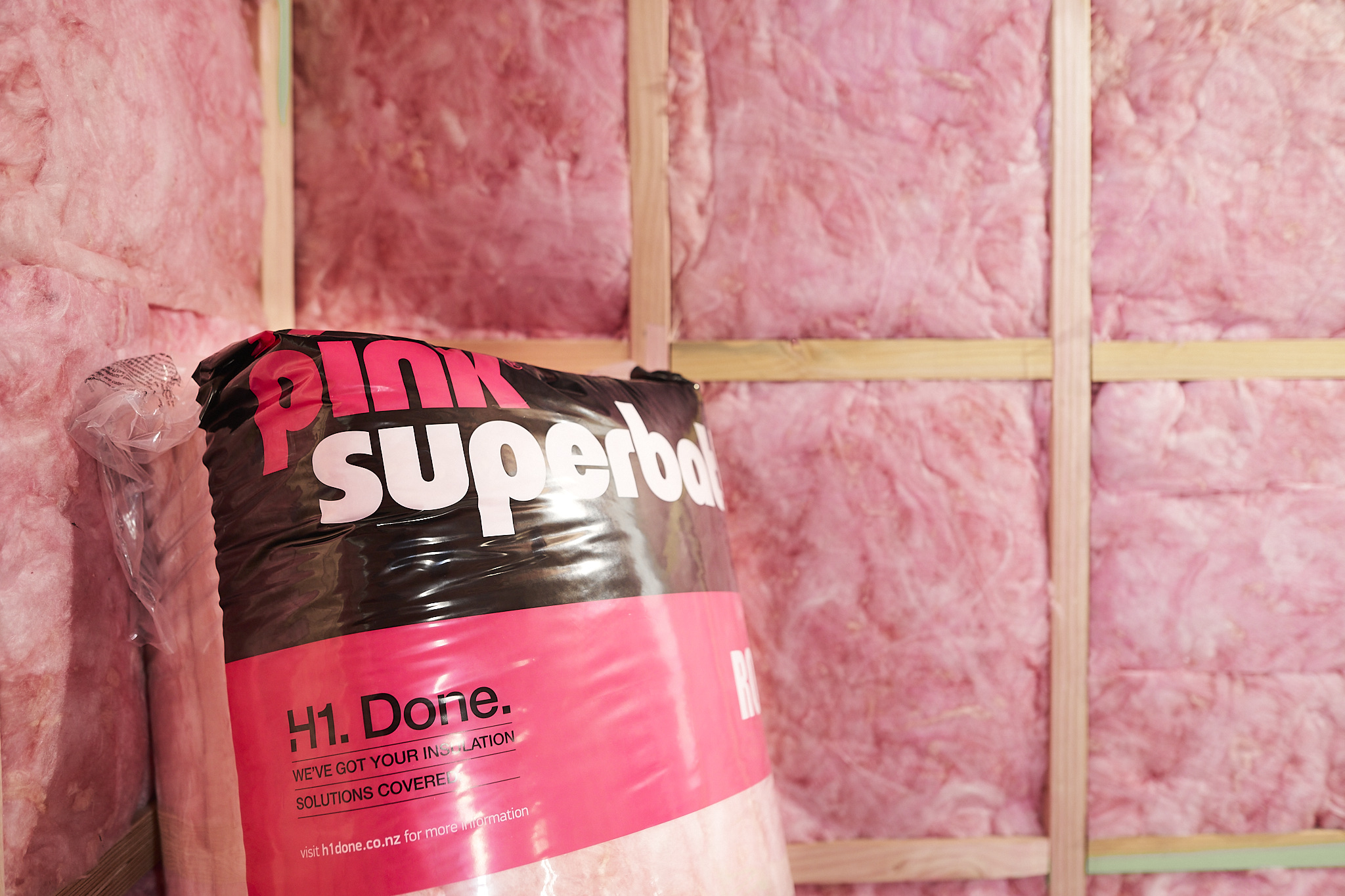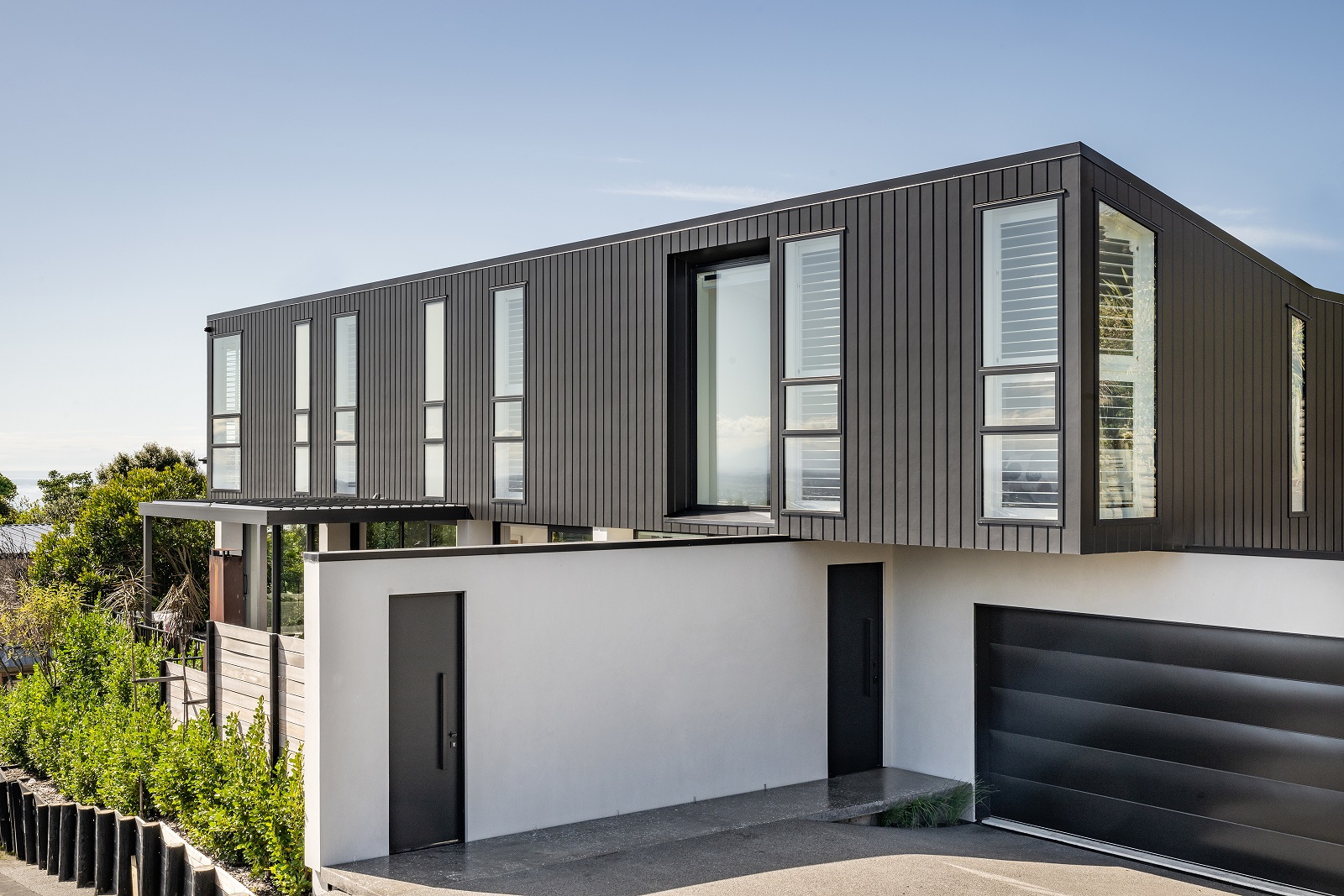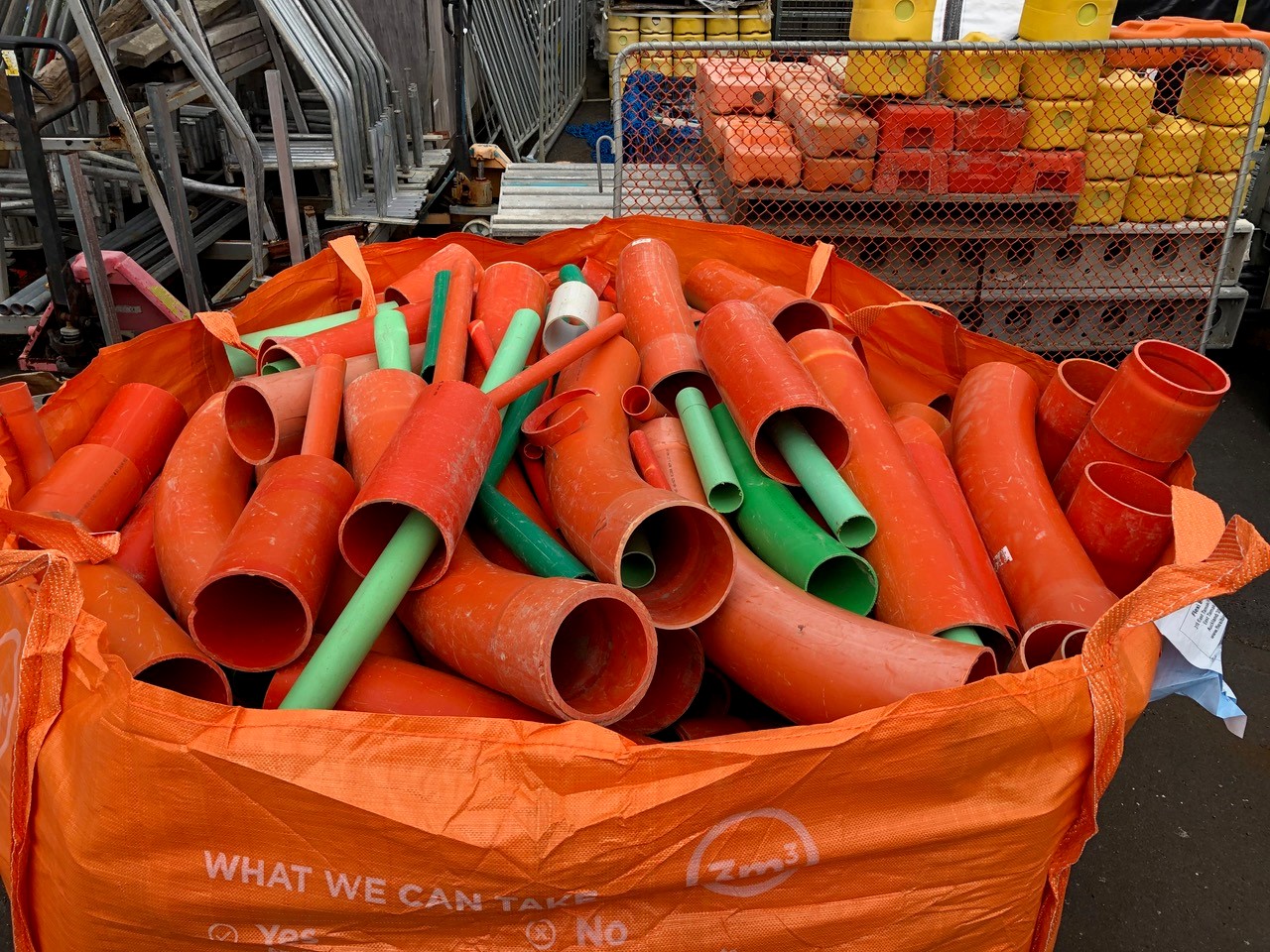The Chablé Mar de Cortés Hotel occupies a site with sweeping views over the Gulf of California in Baja California Sur, a Mexican state at the end of the 1,200 kilometre long Californian peninsula. The development is set amongst cacti and waving sand dunes just above the gentle, soft blue waters of the Sea of Cortez. It’s near the state capital La Paz (‘The Peace’) and is part of the state’s effort to attract more exclusive tourist segments to one of Mexico’s most peaceful and prosperous regions.
The Sea of Cortez boasts a rich and diverse marine life, with 900 fish species, and its sheltered, narrow outline between the peninsula and the Mexican mainland has produced calm waters that are great for diving. White sand beaches, the turquoise sea and world-class sport fishing make it a magnet for families and adventure lovers.
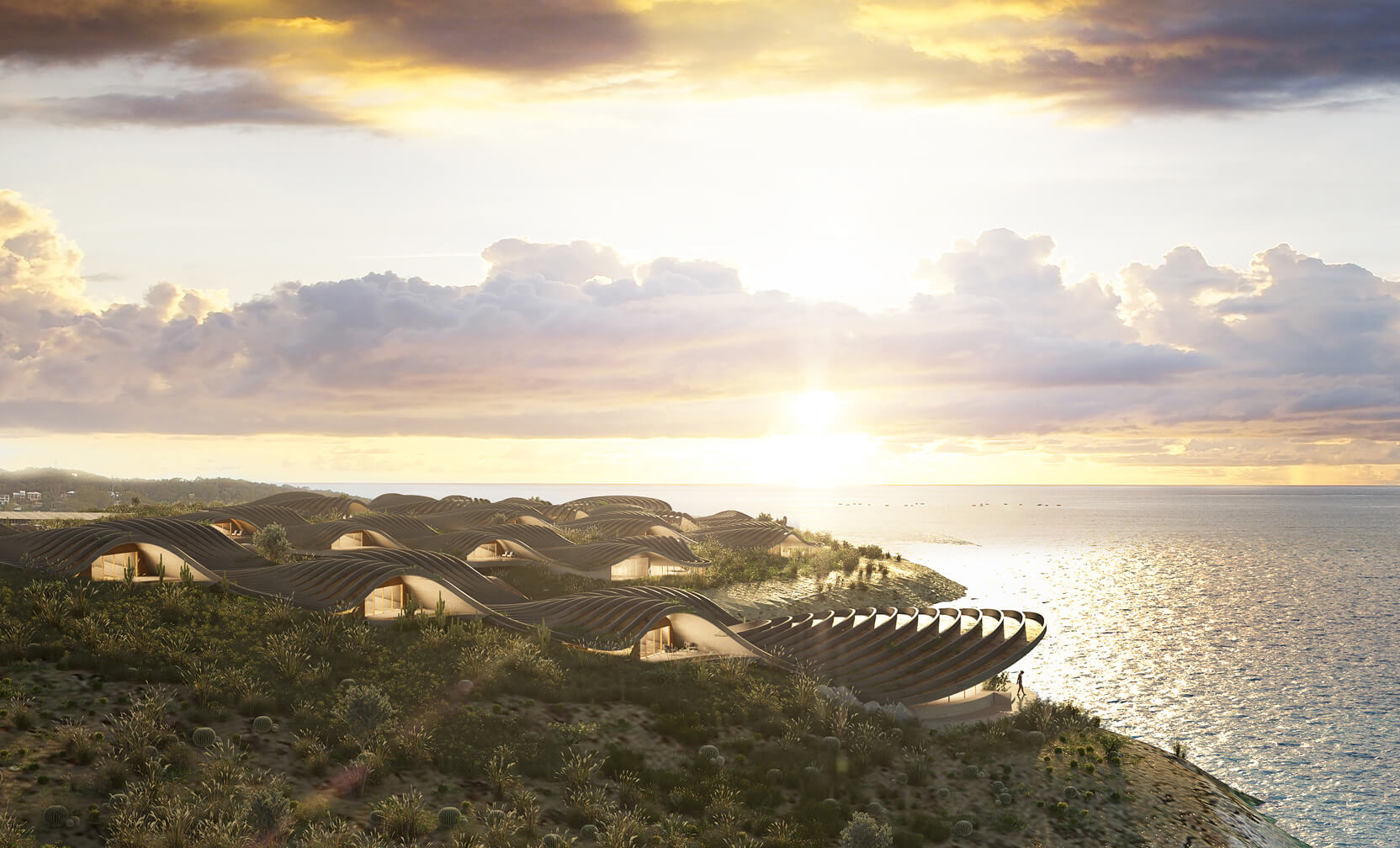
The starting point for designers Sordo Madaleno Arquitectos was their intention to be as respectful as possible of the gently undulating desert location. The resulting structure functions like a shelter, patterned with concentric ridges, and echoing the topography of the waves of the sea, the gently sloping desert and the local flora and fauna.

Each element making up the complex emerges from and adapts to the terrain, as if the architecture had been dug out of the site. If you think of the sinuous grace of a stingray as it swoops over ocean sand you’ll have a fair idea of the languid profile SMA’s team has created.
SMA made a series of layout studies and decided that the development should feature a system of branches splaying out from the centre, to better connect with the Sea of Cortez lapping just below. The branch structure also helps to achieve more space between the hotel rooms, supporting the privacy of guests.
These branches separate the rooms from the rest of the development, with the lobby entrance on the east side and the room modules and amenities closer to the sea on the west. A spa and gymnasium are located on the south side and a fine dining restaurant crowns the north side of the complex.
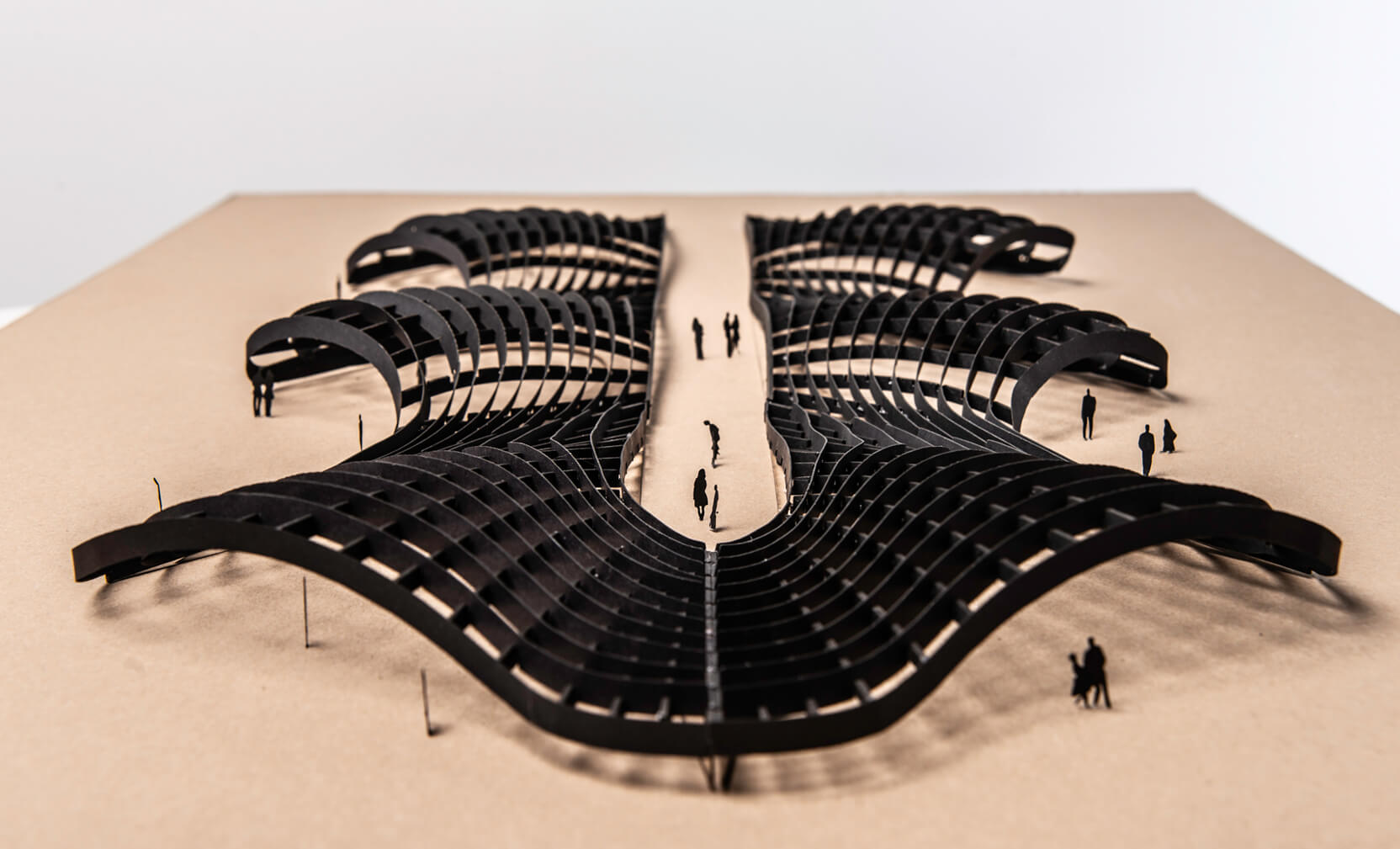
The system of 46 independent rooms is cohesive but not too dense. Each branch is covered by a continuous, lightweight roof that undulates to create a sense of openness. The continuity of the roof line helps integrate the development’s scattered form as it works across the terrain.
The standard rooms appear in the “stalk” of each branch while the presidential suites are at the apex, overlooking the sea. The interior design adopted for the units responds to the need for a sense of privacy and intimacy, so that each has its own pool and interior garden. Baha California’s desert environment delivers an average mean annual temperature of 24 degrees Celsius and with 3200 sunshine hours and neglible rain, pools and gardens are essentials rather than luxuries.
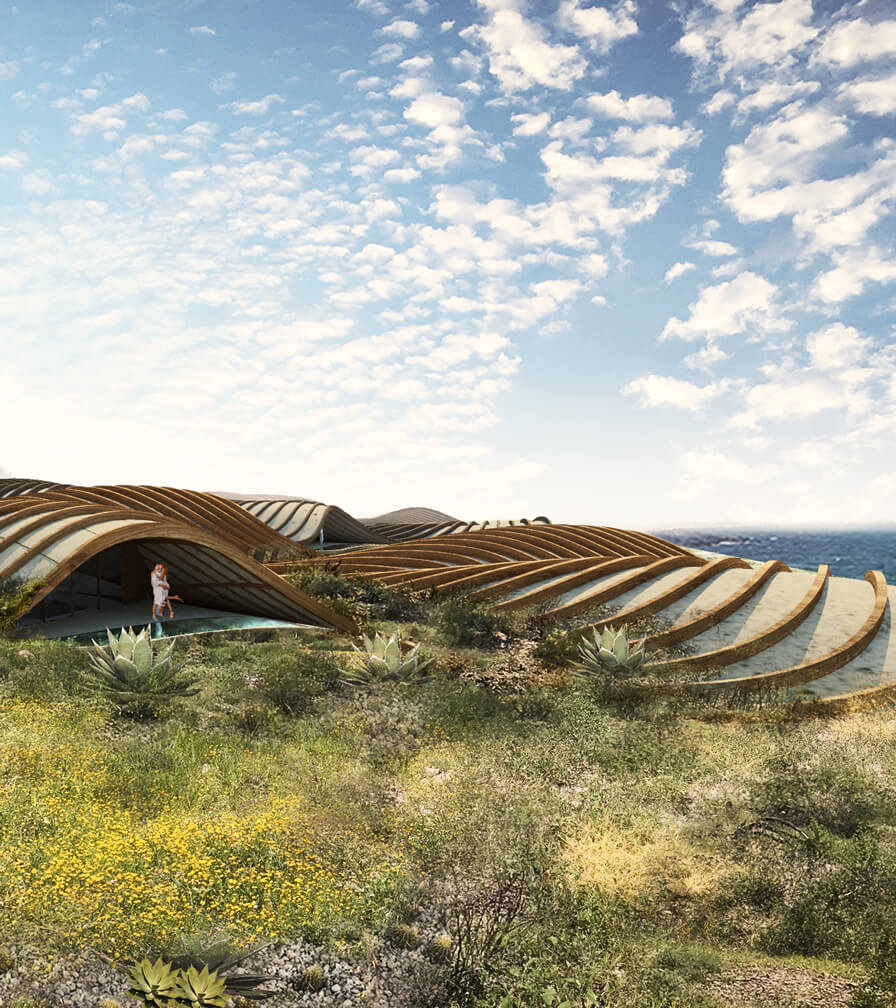
The structures of laminated wood and concrete can quickly be replicated if required. Exposed, organic materials have been chosen, meaning the architecture has both an aesthetic and a structural function. The stark desert landscape has helped shape the project, which has responded by molding into its surroundings.
